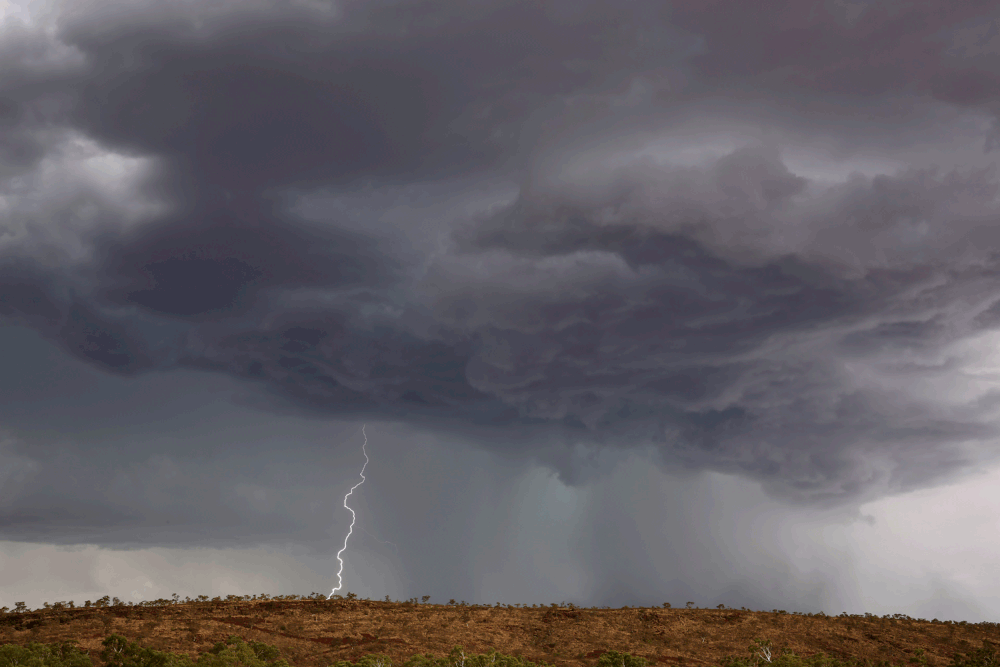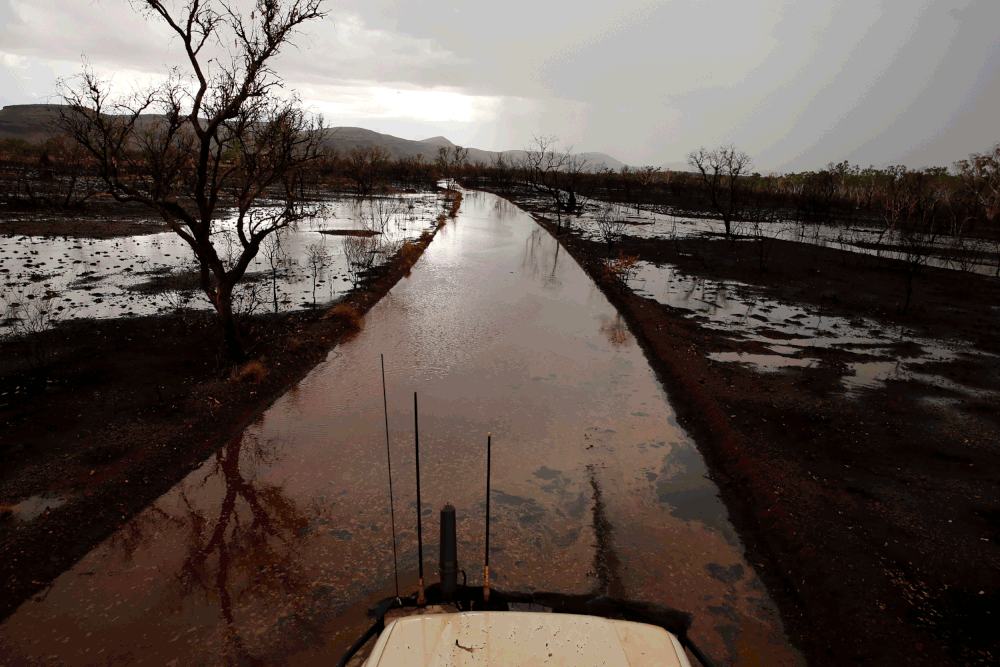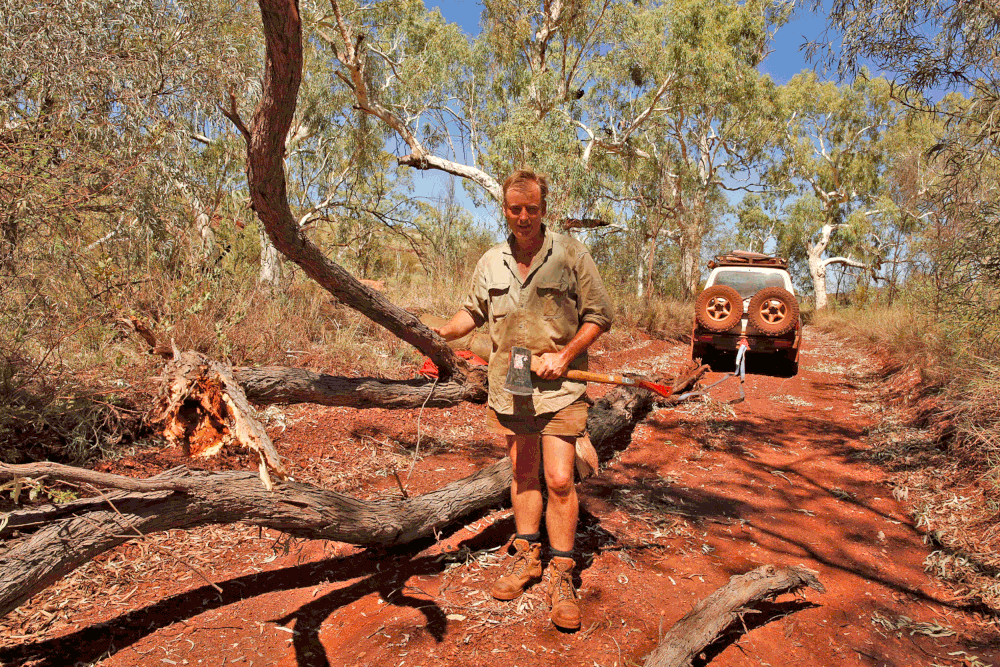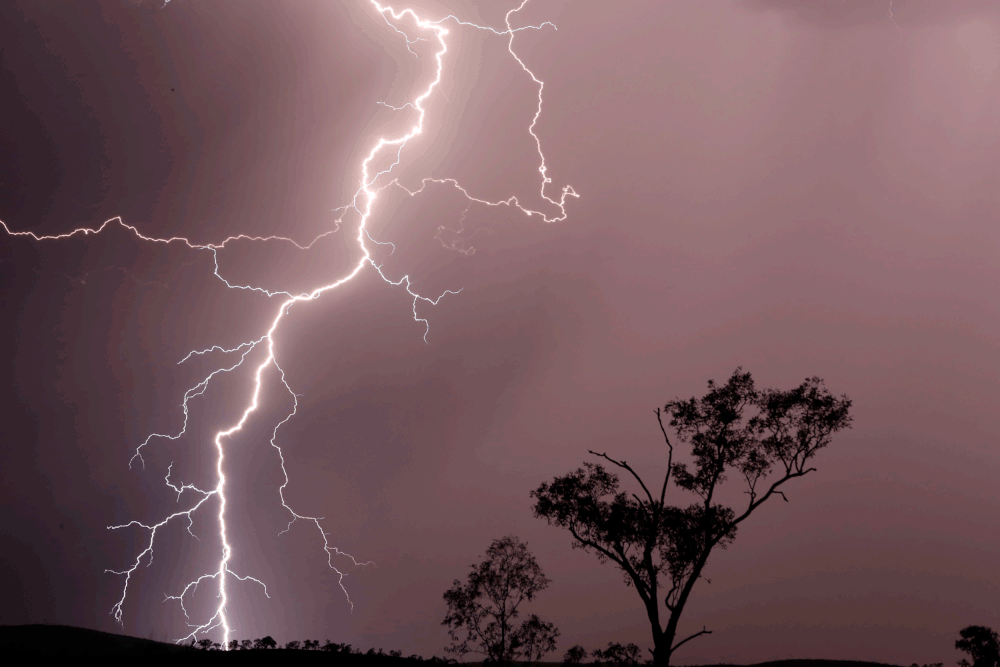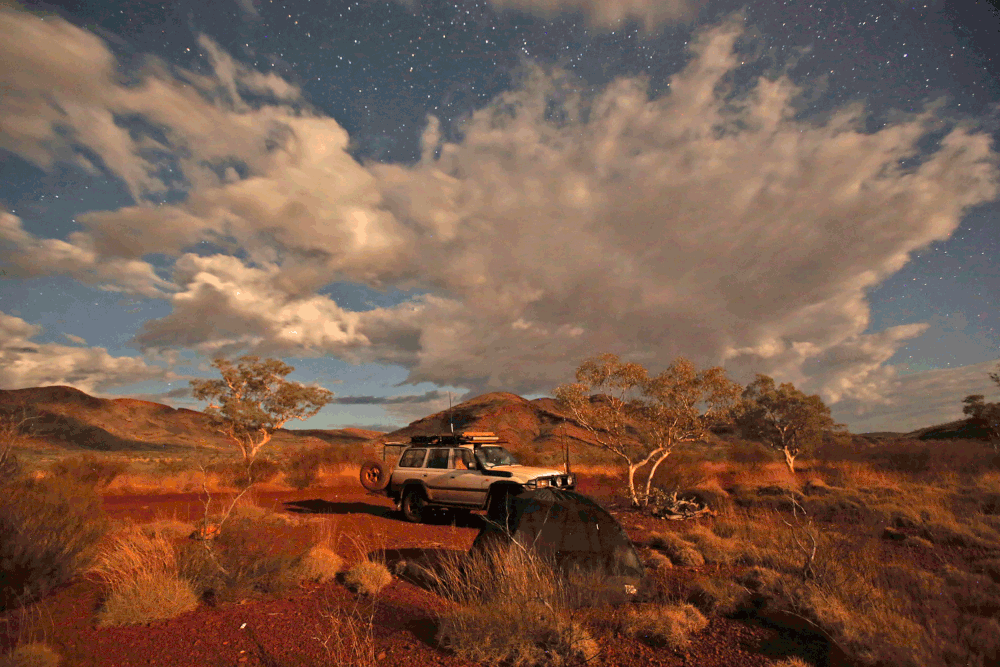This series of photographs is testament to the axiom that nothing in life is guaranteed, no matter how hard we try or how hard we work.
Midway through the shooting of this book my focus and approach changed enormously. To that point I’d worked hard to take the most beautiful images that I could in a way that gave a strong representation of the diversity of the region: people, scenery and industry.
Photography has changed a lot these last few years. The advent of digital photography has made it easy for even the most novice photographer to take stunning images. No longer is that skill the domain of the professional. I wanted the whole of the collection being produced for this book to reflect a direction that I’d been taking for quite a number of years: photos that captured aspects of our world that were being subject to rapid change. Photographs that, in years to come, would be meaningful and important to people; not just beautiful. This direction was set in the context of this book while waiting for an image of The Governor to the north of Newman. I’d waited for 17 days and gave myself another two or three before the weather went to sleep for another summer and the clear blue skies of the dry season took over.
So at the end of the summer of 2012-13 I returned home with the aim of coming back the following summer to target the country in and around Mt Farquhar in the western part of the Hamersley Range. A place that not many people ever get to see, other than the “money men (high viz)”. A place to which access would shortly be closed to most for ever. A place that would be subject to heavy development pressure.
I figured that I’d apply the same approach that I had in shooting The Governor and that brains (through my study of the weather and its patterns) and persistence (to stay there and wait) would wear my subject down. In other words, I’d come back and almost certainly get what I was after.
So it was with anticipation and knowledge that the waiting would not be easy that I returned prior to Christmas in 2013. Over two visits I waited 36 days for near zero results. By the time I returned home late in January of 2014 the cupboard was bare and I knew that another visit would be required. Other than a couple of “filler” images the only thing that visit yielded was a direct hit from Cyclone Christine and stepping on a baby king brown the following day while getting a fire prepared.
Back I came on Christmas Day of 2014. Many Europeans think of Christmas in the context of snow. For me, it’s the northern storms at this time of year. They are out of this world. Enriching. Invigorating. There is no better feeling than the smell of impending rain and the nightly skyshow. This time I would surely get what I had come for. Persistence always wins the day, right?
Nature though again had other ideas, and it was not until day 53 of my wait which now spanned two summers, that I got my first sniff. Two minutes of light was it. I finished my shoot, uneasy and uncertain as to whether I had secured what I’d come for.
So I decided to stay. I figured I’d wait until the end of this summer and come back the next and the one after if I could and had to.
In today’s world, everything is about the quick bang. The sugar fix as I call it. We all want things quickly and without having to work for it. Our attention spans five seconds more often than not.
What I was doing here was the antithesis of that. But I figured that the best buildings are set on the deepest foundations and I had a really strong feeling that what I was doing was right, despite many questioning the sense behind my desire to kep going. Our gut usually knows what’s right I figure and I pay most attention to that.
It was another 10 days before the universe started to deliver. Day 63 or something like that. But over a period of four consecutive nights I got what I came for plus more. It was like the universe had waited to see how fair dinkum I was and then said: “Righto, you’re serious. Here’s what you’re after plus a whole heap more.”
The first night of this run of four I was so nervous to not stuff it up. Shooting film so many more uncertainties come into the equation and you don’t know whether you’ve got the results until you arrive home and the film gets back from Sydney. On the second of these four nights I decided to play and the power of the instinct cut in again.
I’d spend many many days driving and walking the length of the Mt Farquhar section of the range looking for the angle that captured what I wanted to show. Smashing the vehicle in the process. But I’d never really been comfortable. On this night I followed my gut and ended up in a spot I could never have imagined captured everything that I’d been trying to show and a bit more. Down the end of an exploration track. It was awesome.
Nights three and four of this sequence were amazing as well, and over this really short time period I was able to capture each of the aspects of the 150 kilometre section of range that I’d been trying to show. Places that only a privileged very few will ever get to experience.
But because I was shooting film, I’d not known whether I’d gotten the results. So I had to stay longer. It was about day 74 before I finally went home.
By the time I went home the trip/ wait was no longer about the images. These had become a secondary aspect to the rich and wonderful journey that I’d followed out here. I’d learnt that success was not a birthright or deserved simply because one works hard. But I’d learnt that these harder and more challenging experiences are ultimately what gives our lives a richness and flavour that don’t tend to come so much in the absence of struggle.
The journey had become more about the little things than the camera and photo. The brumbies that I’d come to watch so closely. The dingoes that came into my camp on a couple of occasions. One caught and ate a lizard in the spinifex only metres from view. The bird that lapped my head only metres away while taking a photo. It was about living comfortably in the bush. Loving the evenings and the early mornings. Appreciating how lucky I was to be in such a stunning location every day I was there. Even now, as I write this, from the “comfort” of an aeroplane I yearn to be back out there. Looking out to and feeling that range every day.
